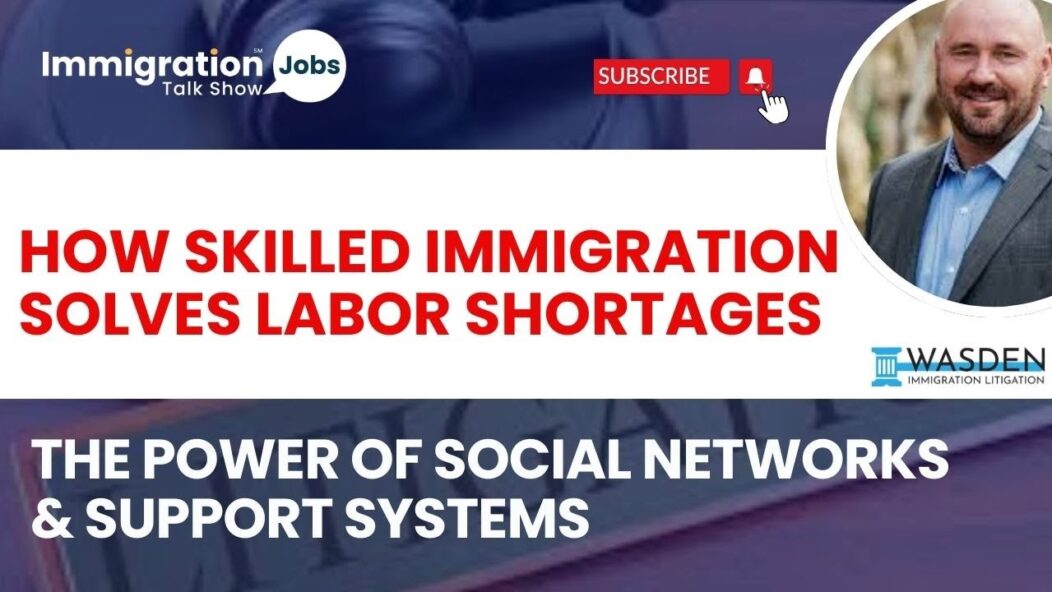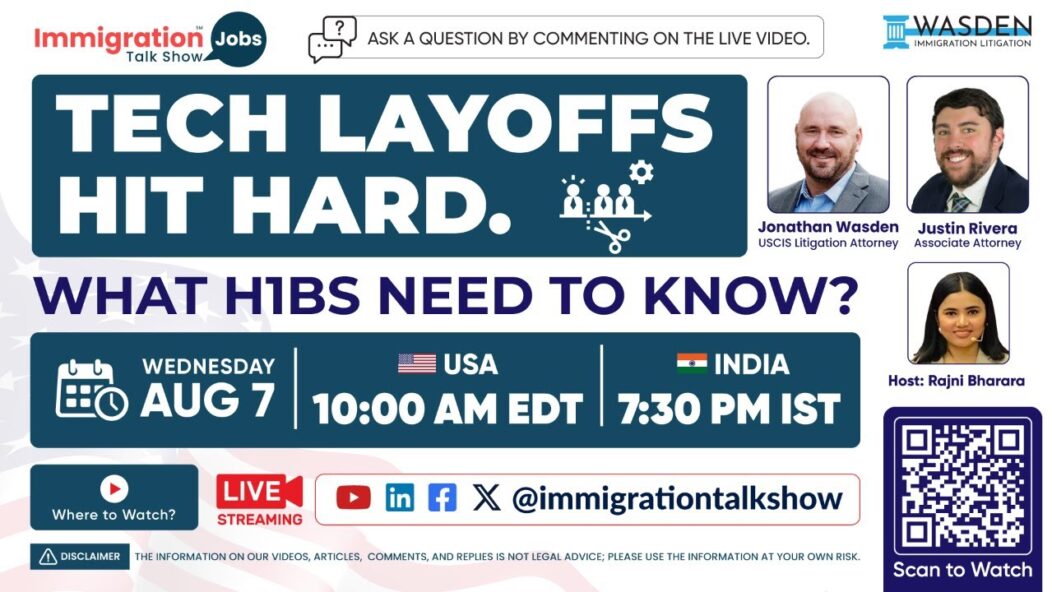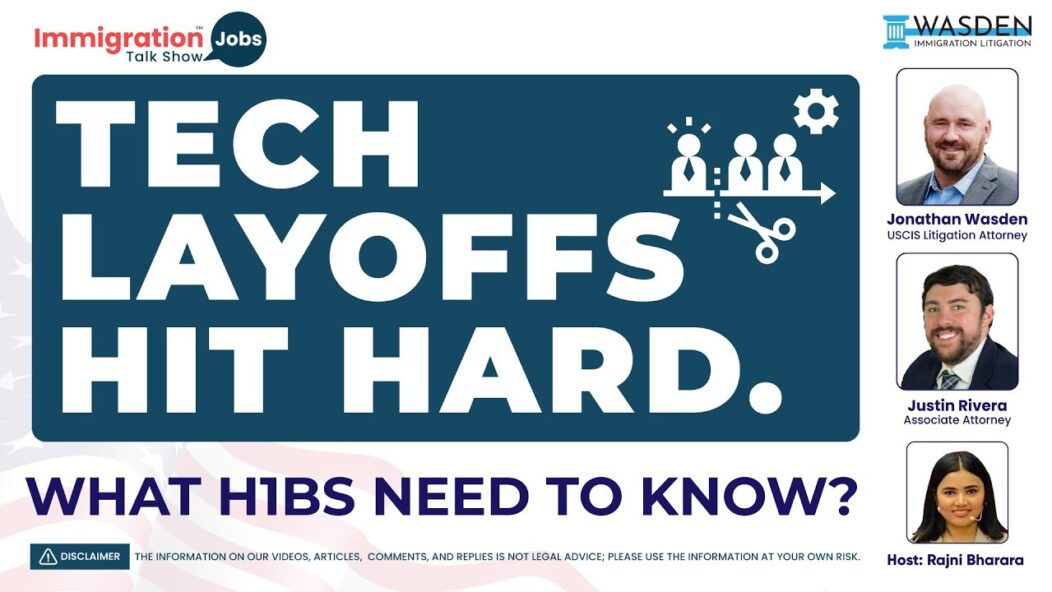The October 2024 U.S. Visa Bulletin brings some positive news, especially for Indian nationals waiting in the Green Card queue. The bulletin highlights significant forward movement in certain employment-based categories, with the EB-3 category seeing the largest advancement. The updates also reflect the completion of the fiscal year 2024 visa allocations, creating new opportunities for applicants across multiple categories. This article breaks down the key developments, providing insights into what they mean for those navigating the U.S. immigration process.
Key Takeaways
- The EB-3 category worldwide advanced by nearly two years, benefiting many applicants.
- EB-1 India holds steady, while EB-3 India saw an eight-day advancement.
- USCIS is accepting adjustment of status applications based on the Dates for Filing chart.
- The fiscal year 2024 visa limit of 160,791 employment-based preferences has been reached.
- Family-based categories, especially for India, saw minimal movement.
Context
The U.S. Visa Bulletin, issued monthly by the Department of State, serves as a roadmap for immigrants pursuing U.S. permanent residency. It indicates when applicants can file their applications for Green Cards based on their category and priority date. The system is designed to manage demand, with each country and category receiving limited numbers of visas annually. For countries with high demand, like India, this results in long wait times due to backlogs. Historically, visa bulletins have reflected these complexities, with slow progress in categories such as EB-2 and EB-3.
Understanding Employment-Based Categories
The employment-based categories (EB-1, EB-2, EB-3, EB-4, and EB-5) are assigned specific percentages of the total visa allocation. For instance, EB-1 covers priority workers, including individuals with extraordinary abilities, while EB-5 is reserved for investors creating jobs in the U.S. India has historically faced long delays in these categories, particularly EB-2 and EB-3. The October 2024 bulletin shows some movement in these categories, but applicants from India continue to face challenges, especially in the highly backlogged EB-2 category
Employment-based categories are split into five preferences, each serving different groups of workers.

Key Changes for India
In the October 2024 bulletin, the EB-3 category for India advanced by eight days, bringing the Final Action Date to November 1, 2012. EB-2, however, remained unchanged at July 15, 2012. While this is progress for EB-3, the incremental movement in EB-2 reflects ongoing backlog issues for India. For EB-1, India’s priority date stayed at February 1, 2022, while other countries in this category are still “current,” meaning they face no backlog.
Indian applicants in EB-3 saw positive progress, but challenges remain for EB-1 and EB-2.
Family-Sponsored Visa Categories
The family-sponsored categories also saw minimal advancement for Indian applicants. The F2A category, for instance, moved forward slightly by one week for Indian applicants, while categories like F3 and F4 remained stagnant. This slow progress continues to create long wait times for family reunification for Indian immigrants
Family-based immigration saw little movement in India’s priority dates, maintaining long wait times.

Legal Aid and the Role of Attorneys
The Green Card application process is rife with challenges, especially when dealing with employment-based and family-based categories. Applicants often face legal hurdles, such as understanding eligibility, filling out documentation, and adhering to deadlines. The Visa Bulletin provides a general framework, but each applicant’s case is unique, with specific nuances that may require personalized legal assistance. An experienced immigration attorney can provide guidance, helping applicants interpret the bulletin, file applications correctly, and resolve complications that may arise, such as visa retrogressions or Requests for Evidence (RFE).
Furthermore, legal aid is particularly crucial for those facing longer waiting periods or who need to adjust their status while in the U.S. Attorneys can also assist in navigating complex cases involving employment verification, family sponsorship, and investment visas (such as EB-5)
Navigating the immigration process can be complex, often requiring legal expertise to ensure a smooth journey.
Conclusion
The October 2024 Visa Bulletin brings a mix of positive and stagnant developments for Indian Green Card applicants. While the EB-3 category shows some forward movement, the lack of significant change in EB-2 and family-based categories continues to be a challenge. As the fiscal year rolls into 2025, applicants should keep a close eye on future bulletins for updates and continue monitoring their priority dates.
FAQs
- What is the U.S. Visa Bulletin?
The Visa Bulletin is a monthly document that provides information on the availability of immigrant visas, helping applicants understand when they can file their applications for a Green Card. - What are Final Action Dates?
Final Action Dates indicate when a visa can be issued based on an applicant’s priority date, which is crucial for determining wait times. - What are Dates for Filing?
Dates for Filing allow applicants to submit their documentation before their priority date becomes current, providing an early opportunity to start the application process. - How does the October 2024 bulletin impact Indian EB-3 applicants?
Indian EB-3 applicants saw a small advancement of eight days in the Final Action Dates, offering some progress in an otherwise slow-moving process. - Why do Indian applicants face such long wait times?
India has a high demand for U.S. employment-based visas, which, coupled with annual country limits, creates significant backlogs in certain categories like EB-2 and EB-3. - What should applicants do if their category did not advance?
Applicants should continue to monitor future visa bulletins and consult with immigration attorneys for updates on their case status and options.
Contact Us
For more information or to schedule a consultation, visit our website at Wasden Law, Our experienced litigation attorneys are ready to fight for your rights and ensure your immigration journey is as smooth as possible.
🔍 Have questions or need advice? Drop a comment below! Our team is here to help. 🗣️💬
✉️ Connect with us for personalized guidance and support. Let’s navigate your immigration journey together. 🌐📩
💡 Curious about your specific case? Ask us in the comments and get expert advice tailored to your needs. 🧑⚖️📝
Disclaimer:
The information provided in this article is for general informational purposes only and does not constitute legal advice. While we strive to ensure the content is accurate and up-to-date, it is not a substitute for professional legal consultation. Immigration laws and regulations are subject to change, and their application can vary based on specific circumstances. We recommend scheduling a consultation with us to obtain advice tailored to your individual situation. The authors and publishers of this article are not responsible for any actions taken based on the information provided herein.
How useful was this post?
Click on a star to rate it!









